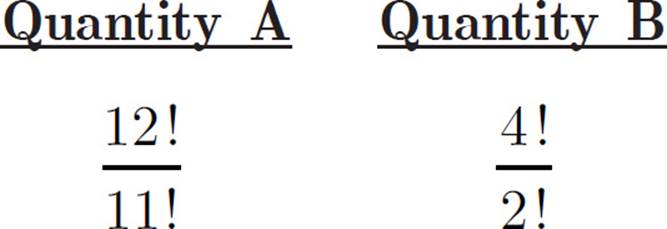
the cycloalkanes) or polycyclic, despite their having a distinct general formula (i.e. However, some sources use the term to denote any saturated hydrocarbon, including those that are either monocyclic (i.e. The International Union of Pure and Applied Chemistry (IUPAC) defines alkanes as "acyclic branched or unbranched hydrocarbons having the general formula C nH 2 n+2, and therefore consisting entirely of hydrogen atoms and saturated carbon atoms". The alkanes range in complexity from the simplest case of methane ( CH 4), where n = 1 (sometimes called the parent molecule), to arbitrarily large and complex molecules, like pentacontane ( C 50H 102) or 6-ethyl-2-methyl-5-(1-methylethyl) octane, an isomer of tetradecane ( C 14H 30). Alkanes have the general chemical formula C nH 2 n+2. In other words, an alkane consists of hydrogen and carbon atoms arranged in a tree structure in which all the carbon–carbon bonds are single. In organic chemistry, an alkane, or paraffin (a historical trivial name that also has other meanings), is an acyclic saturated hydrocarbon.

Chemical structure of methane, the simplest alkane


 0 kommentar(er)
0 kommentar(er)
